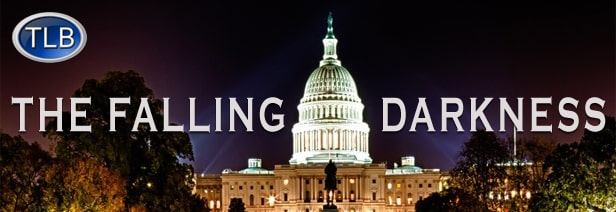
A current account crisis has intensified after the West fired its sanctions bazooka at Russia as punishment for its invasion of Ukraine. Rolling blackouts and a state of emergency are frightening away remaining tourists, a crucial source of foreign exchange. Food inflation hit an eye-watering 30.2% in March. The currency’s 40% depreciation against the US dollar in one month, including a central bank managed devaluation, is blowing out leverage ratios: Public debt estimated by the International Monetary Fund at 120% of GDP is perhaps some 40 percentage points more than might be deemed sustainable, guesses Citi.
A worsening crisis mutes the impact of disjointed financial lifelines, including a $1.5 billion currency swap from China in December and rice and diesel shipments from India. The IMF notes that policies required to reduce debt to sustainable levels are neither economically nor politically feasible. Hence, Sri Lanka’s $1 billion bond maturing in July trades at 67 cents on the US dollar, compared to about 74 cents at the start of February. Haircuts will stretch from China to Wall Street, where market borrowings accounted for 47% of Sri Lanka’s foreign government debt as of April last year.
It’s a reminder of the political implications of high prices. Prior to Russia’s invasion of Ukraine, few Asian countries had consumer inflation in double digits. The standouts were Sri Lanka and Pakistan, whose Prime Minister Imran Khan on Sunday dodged a no-confidence vote and called fresh elections. Poorer countries are more vulnerable to surging global food prices because their populations spend more on food than discretionary items. But pandemic dislocations to supply chains and trade meant advanced economies overall were facing a jump in prices three times bigger than emerging markets between 2019 to 2022, per IMF estimates in January.
Whether countries rush to deal with surging prices with tax cuts, or ramping up subsidies, Sri Lanka’s speedy unravelling offers a warning of the political risks of complacency.
Context news
– Multiple members of Sri Lanka’s cabinet offered to resign, multiple media outlets reported on April 4 adding that the resignations included neither Prime Minister Mahinda Rajapaksa nor his brother, President Gotabaya Rajapaksa. The prime minister’s son, Namal Rajapaksa, minister for youth and sports, confirmed his resignation with immediate effect on Twitter.
– “We gave resignations to the prime minister saying we are willing to leave at any time,” Education Minister Dinesh Gunawardena told reporters in Colombo, Bloomberg reported on April 4.
– On April 3 protesters in Colombo, Sri Lanka’s largest city, held numerous small, peaceful demonstrations about the severe economic crisis, defying a nationwide curfew. Meanwhile, police used tear gas to disperse student protesters in the central city of Kandy. The president declared a state of emergency on April 1 as the island grapples with rising prices, shortages of essential goods and rolling power cuts.

••••
The Liberty Beacon Project is now expanding at a near exponential rate, and for this we are grateful and excited! But we must also be practical. For 7 years we have not asked for any donations, and have built this project with our own funds as we grew. We are now experiencing ever increasing growing pains due to the large number of websites and projects we represent. So we have just installed donation buttons on our websites and ask that you consider this when you visit them. Nothing is too small. We thank you for all your support and your considerations … (TLB)
••••
Comment Policy: As a privately owned web site, we reserve the right to remove comments that contain spam, advertising, vulgarity, threats of violence, racism, or personal/abusive attacks on other users. This also applies to trolling, the use of more than one alias, or just intentional mischief. Enforcement of this policy is at the discretion of this websites administrators. Repeat offenders may be blocked or permanently banned without prior warning.
••••
Disclaimer: TLB websites contain copyrighted material the use of which has not always been specifically authorized by the copyright owner. We are making such material available to our readers under the provisions of “fair use” in an effort to advance a better understanding of political, health, economic and social issues. The material on this site is distributed without profit to those who have expressed a prior interest in receiving it for research and educational purposes. If you wish to use copyrighted material for purposes other than “fair use” you must request permission from the copyright owner.
••••
Disclaimer: The information and opinions shared are for informational purposes only including, but not limited to, text, graphics, images and other material are not intended as medical advice or instruction. Nothing mentioned is intended to be a substitute for professional medical advice, diagnosis or treatment.








Leave a Reply